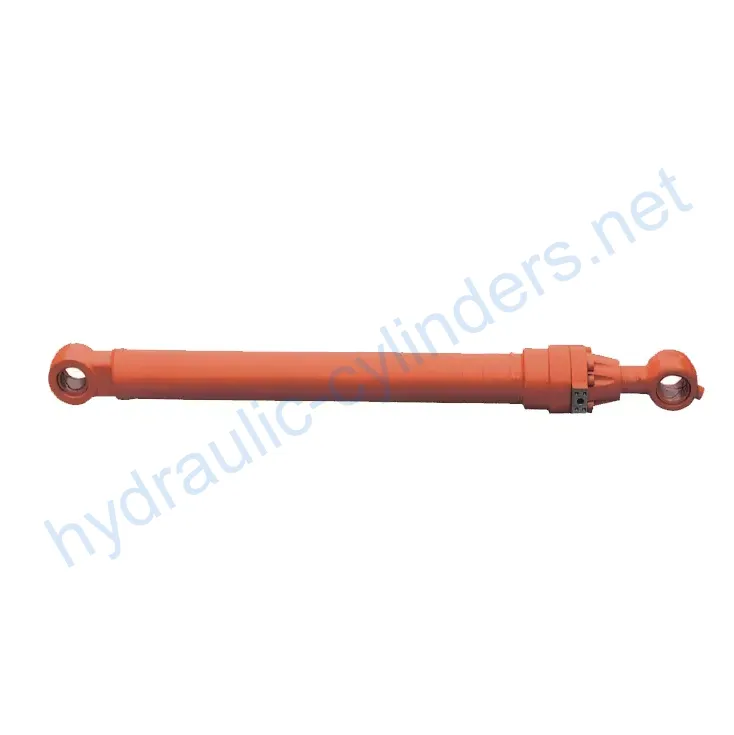Boom Cylinder For Baoding SC400.8
Som en av produsentene, leverandørene og eksportørene av mekaniske produkter tilbyr vi hydrauliske sylindere og mange andre produkter.
Ta kontakt med oss for mer informasjon.
Post:sales@hydraulic-cylinders.net
Produsent, leverandør og eksportør av hydrauliske sylindere.
Boom Cylinder For Baoding SC400.8
Introduction to the Boom Cylinder
The Boom Cylinder is an essential component in hydraulic systems, specifically designed to control the movement of buckets in heavy machinery such as excavators, backhoe loaders, and front loaders. This hydraulic cylinder enables the bucket to lift, lower, and tilt, facilitating various material handling tasks. The bucket cylinder plays a crucial role in enhancing the efficiency and effectiveness of machinery operations, making it indispensable in construction, agriculture, and other industrial applications.
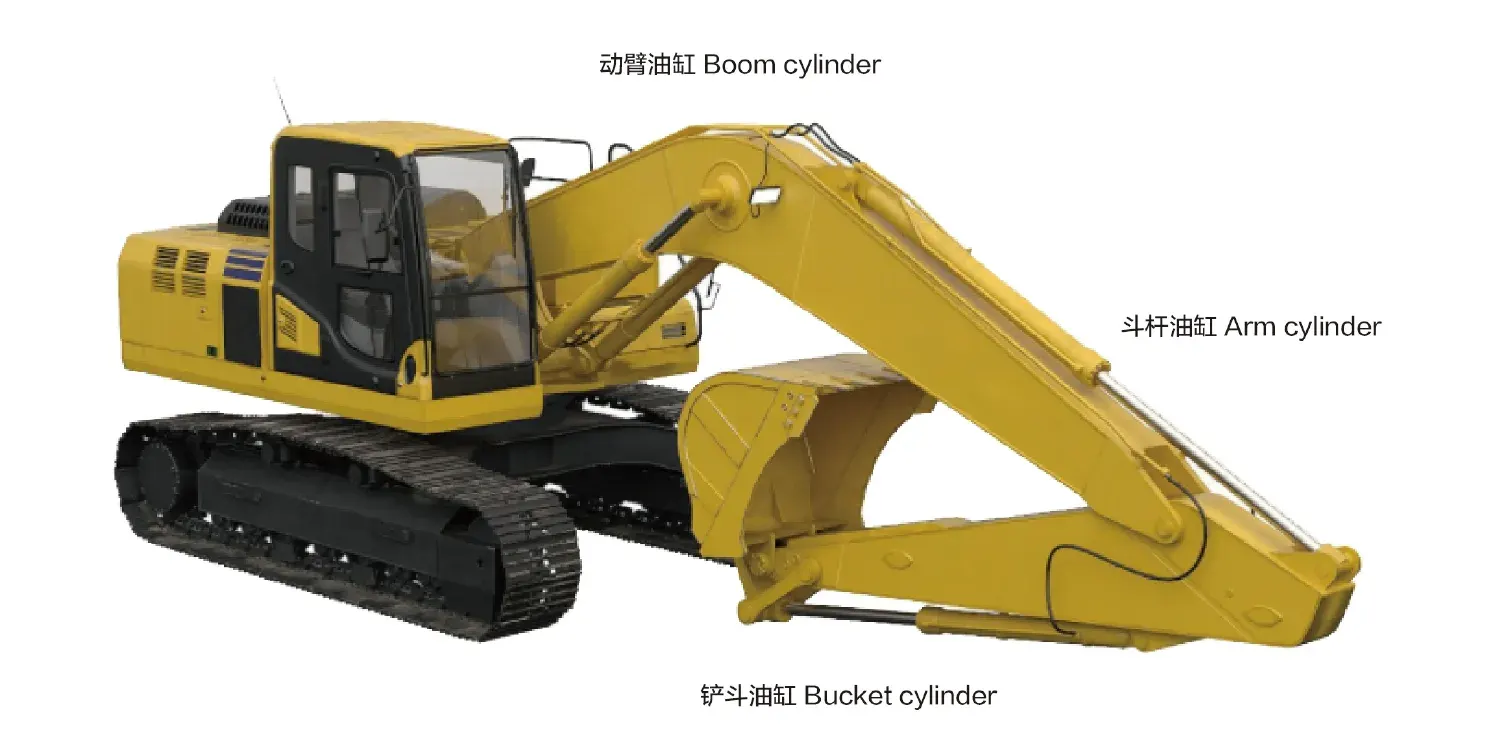
Definition and Overview
The bucket cylinder, also known as the boom cylinder, is a type of hydraulic cylinder that operates under the principles of hydraulic mechanics. It consists of a cylindrical barrel, a piston, and hydraulic fluid, which work together to generate the necessary force for moving heavy loads. When hydraulic fluid is pumped into the cylinder, it creates pressure that extends the piston, enabling the desired movement of the bucket. This system allows for precise control and significant lifting capacity, making it suitable for various heavy-duty applications.
Features of the Boom Cylinder
- High Strength and Durability: Constructed from high-strength steel or aluminum, the boom cylinder is designed to withstand high pressures and heavy loads, making it suitable for harsh working environments.
- Efficient Hydraulic Operation: The cylinder utilizes hydraulic oil pressure for smooth extension and retraction, providing quick response to operational commands and delivering powerful pushing and pulling force.
- Diverse Configurations: Available in single-acting (hydraulic force applied in one direction) or double-acting (hydraulic force applied in both directions) designs to meet varied operational needs.
- Space-Saving Designs: Some models are telescopic, allowing greater extension without increasing external dimensions, ideal for applications with space constraints.
- Wear and Corrosion Resistance: Designed with resistance to wear and corrosion, these cylinders are built to last, extending their operational lifespan.
Our products can perfectly replace these hydraulic cylinders, ensuring high performance and reliability.
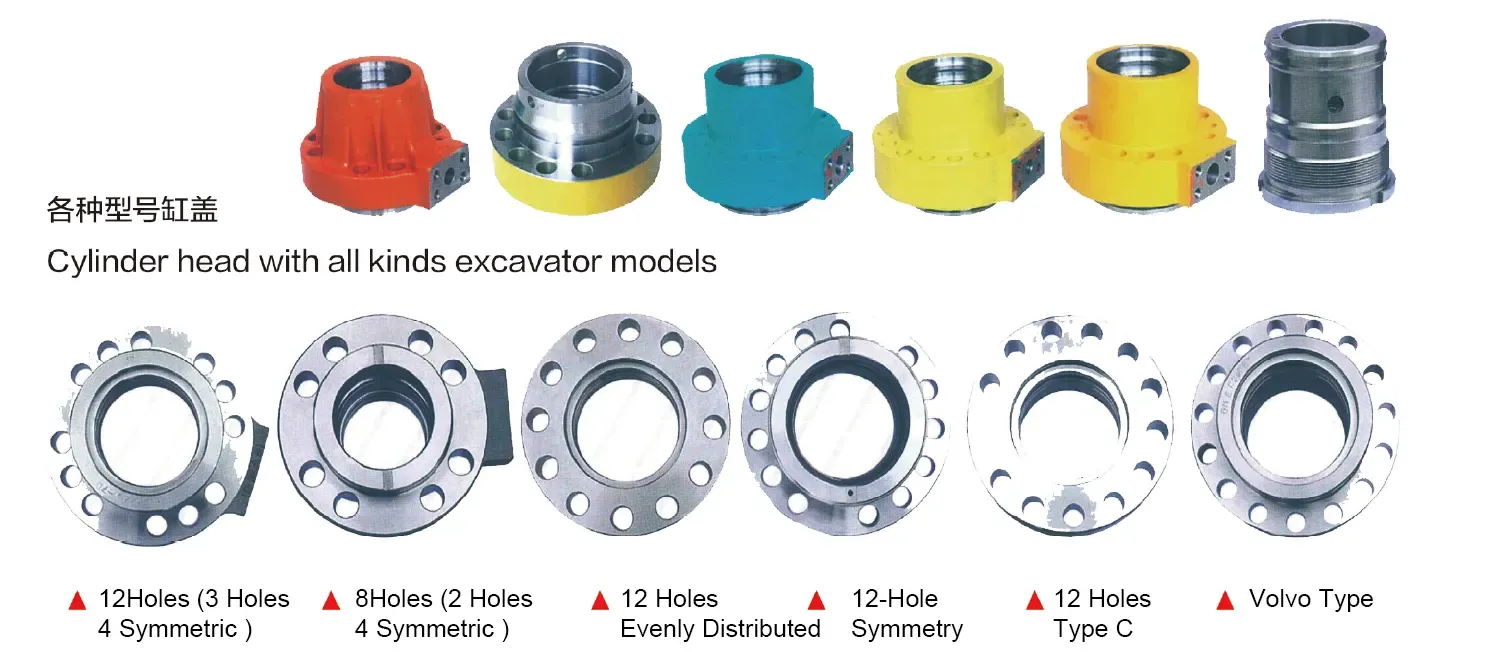
Applications of the Boom Cylinder
Construction Equipment
In excavators, boom cylinders are critical for digging, loading, and moving dirt or debris. They facilitate the digging action by allowing the bucket to penetrate the ground efficiently. Additionally, in backhoe loaders, the bucket cylinder aids in both excavation and lifting operations, ensuring tasks are performed effectively and swiftly.
Agricultural Machinery
In front-end loaders, boom cylinders are utilized for scooping, lifting, and transporting soil, hay, and other materials. Their robust design allows them to handle the heavy lifting required in agricultural applications, contributing to efficient farming operations.
Excavators
Boom cylinders are instrumental in allowing the bucket to penetrate the soil, enabling effective digging actions. Their precision and power make them ideal for various excavation tasks, enhancing productivity and reducing manual labor.
Loaders
In front loaders, boom cylinders assist in lifting and dumping loads effectively. The hydraulic system’s efficiency ensures that the loader can operate with maximum payload capacity, making material handling tasks more manageable.
Design Considerations and Selection Criteria
Load Capacity
One of the primary design considerations for boom cylinders is their load capacity. The cylinder must be able to handle the specific weight of the loads it will lift. This requires careful engineering to ensure that the materials used and the design of the cylinder can withstand the stresses applied during operation.
Sealing Mechanisms
Effective sealing is crucial for the performance of hydraulic cylinders. High-quality seals prevent hydraulic fluid from leaking and maintain pressure within the cylinder. The choice of seal materials, such as polyurethane or nitrile rubber, is essential for durability and performance under various conditions.
Durability
Durability is a key factor for hydraulic cylinders, especially in harsh environments. Manufacturers must consider wear and corrosion resistance in their designs, utilizing materials and coatings that enhance the lifespan of the cylinder.
Safety Features
Safety is paramount when operating hydraulic equipment. Boom cylinders must be designed with safety features that prevent accidental failures. This includes implementing pressure relief valves and ensuring that the hydraulic system can safely handle overload conditions.
Maintainability
Ease of maintenance is another critical factor. Hydraulic cylinders should be designed for easy access to components that require regular inspection and maintenance, such as seals and lubrication points, to minimize downtime and prolong service life.

Sealing and Lubrication
Proper sealing and lubrication are vital for the efficient operation of boom cylinders. Various sealing components, including piston seals and rod seals, are used to prevent hydraulic fluid leaks. Selecting seals made from wear-resistant materials, such as polyurethane and nitrile rubber, enhances durability. The surfaces of the cylinder body and threaded ends are meticulously processed to improve wear resistance.
Regular lubrication is also necessary; operators should periodically refill the hydraulic oil to ensure smooth operation and to prevent wear on internal components. This proactive maintenance significantly extends the service life of the hydraulic cylinder.
Preventive Maintenance Measures
- Regular Inspections: Conduct routine checks for leaks, wear, and damage to ensure the cylinder operates safely and efficiently.
- Appropriate Lubrication: Ensure the correct type and amount of hydraulic oil is used for lubrication to maintain optimal performance.
- Seal Replacement: Monitor seals for wear and replace them as needed to prevent leaks and maintain hydraulic pressure.
Installation Guidelines
Installing a boom cylinder correctly is crucial for safe and efficient operation. Start by ensuring that the mounting points are clean and free of debris. Align the cylinder accurately with the attachment points to avoid misalignment, which can lead to increased wear and potential failure.
Utilize appropriate mounting brackets to secure the cylinder in place, ensuring that it is tightly fastened but not overly torqued to prevent damage. After installation, check for proper function and alignment to ensure the hydraulic system operates smoothly.
Common Maintenance Tasks
- Regular Inspections: Frequently inspect the cylinder for signs of wear or damage to catch issues early and prevent major failures.
- Proper Lubrication: Regularly lubricate the cylinder to ensure smooth operation and prevent wear on moving parts.
- Seal Replacement: Monitor the condition of seals and replace them when necessary to maintain pressure and prevent leaks.
Safety Considerations and Environmental Factors
When using boom cylinders, prioritizing safety measures is essential. Operators should be trained in the safe operation of hydraulic machinery to minimize the risk of accidents. Additionally, ensuring that the hydraulic system is regularly maintained helps prevent failures that could pose safety risks. Environmental factors should also be considered, such as operating conditions that could affect the integrity of the hydraulic systems, including temperature fluctuations and exposure to corrosive substances.
Troubleshooting and Common Issues
- Leakage: Check seals and connections for wear or damage; replace seals as necessary.
- Poor Performance: Inspect the hydraulic fluid levels and ensure the system is free of obstructions.
- Inconsistent Movement: Examine the cylinder for misalignment or damaged components; realign or replace as needed.
Problem-Solving Tips
To effectively diagnose and solve issues, operators should maintain a detailed log of maintenance and repairs. This helps identify patterns that may indicate recurring problems. Regular training on troubleshooting techniques can empower operators to address minor issues before they escalate into major repairs. Preventive measures, such as routine inspections and timely maintenance, are vital for minimizing potential problems and extending the lifespan of hydraulic components.
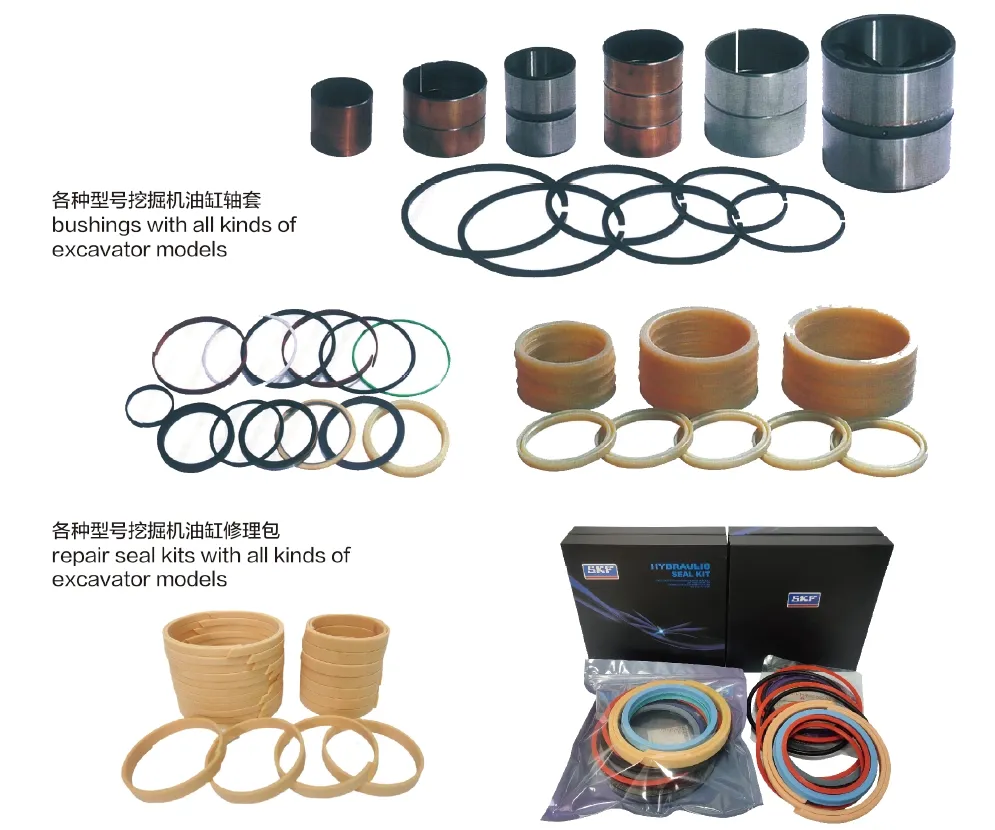
Company Overview
We are manufacturers specializing in alternative hydraulic cylinders, becoming one of the leading manufacturers and wholesalers of hydraulic cylinders in domestic and international markets. We adhere to excellence in quality, leveraging an industrialized production management strategy within our refined manufacturing workshop. Our company continually enhances its manufacturing platform through the utilization of skilled technical personnel, advanced high-end manufacturing equipment, and professional testing systems, ensuring a robust capability for innovation and meeting diverse customer needs.
Our focus on professionalism, international certifications, custom services, advanced production equipment, and after-sales support solidifies our reputation in the industry.
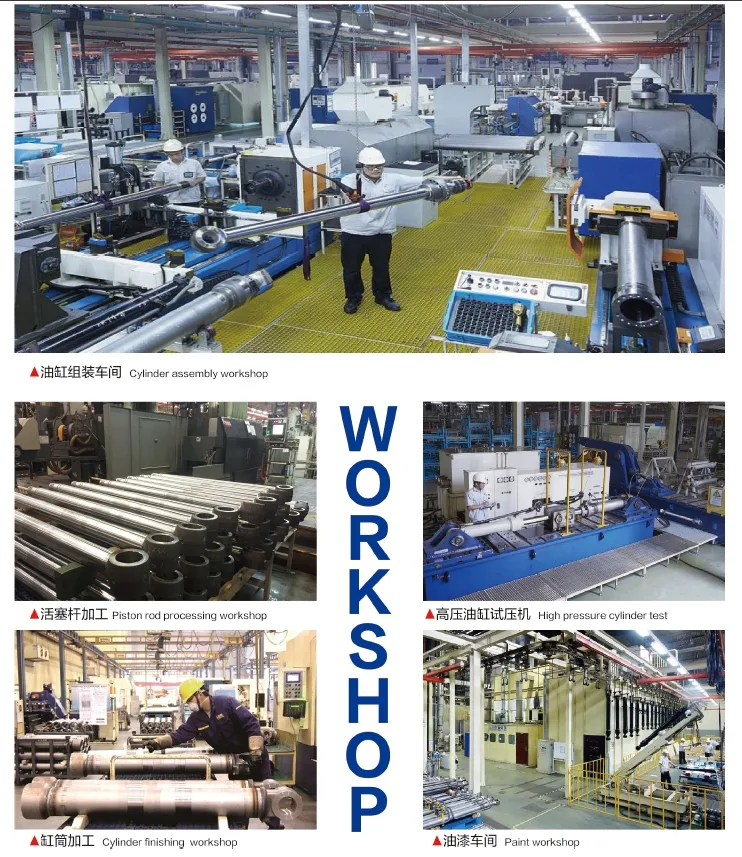
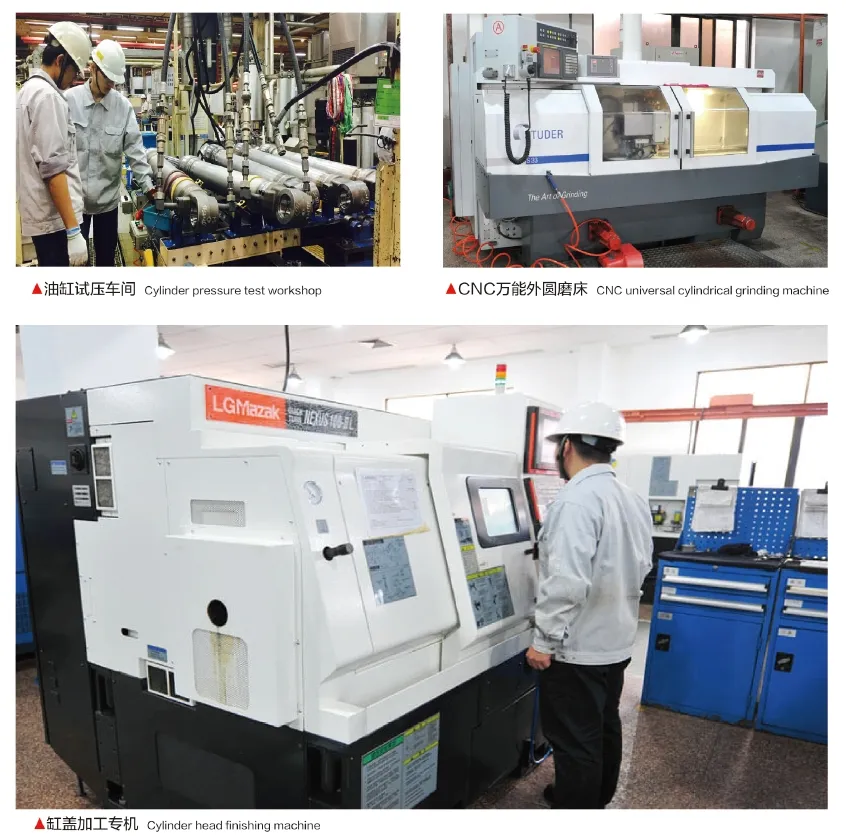
Author: lyl
Take a Tour of Our VR Factory:
Take a tour of our VR factory with the following
Hydraulic Cylinder Application:


